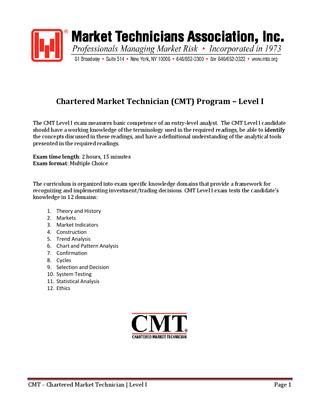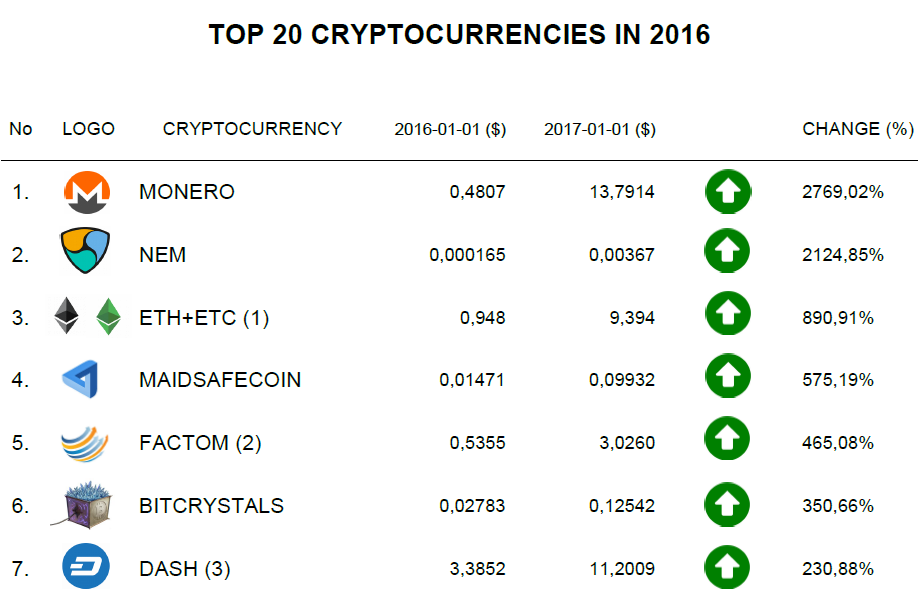Contents
Marketable securities are financial devices that can be bought or transformed into cash within one yr. They are highly liquid investments that are typically issued by businesses to lift funds for working expenses or growth. When a business invests in marketable securities, it’s normally to generate quick-time period earnings from extra cash. This is similar to repo in G-Secs except that corporate debt securities are used as collateral for borrowing funds. Only listed corporate debt securities that are rated ‘AA’ or above by the rating agencies are eligible to be used for repo.
Secondary market refers to the buying and selling that goes on after the initial public sale of the security. The individual scrip in the ‘Available for Sale’ category in the books of the cooperative banks will be marked to market at the year-end or at more frequent intervals. The individual scrip in the ‘Held for Trading’ category will be marked to market at monthly or at more frequent intervals. The book value of individual securities in AFS and HFT categories would not undergo any change after marking to market.
Since there are bond auctions almost every week, purchases can be considered to coincide with the auctions. Please see question 14 for details on ascertaining the prices of the G-Secs. 8.8 VFT of the government securities shall mean transfer of securities from https://1investing.in/ one SGL/CSGL to another SGL/CSGL account, without consideration. VFT would also be required in the case of distribution of securities to the beneficiary demat/gilt accounts on allotment after participation in the non-competitive segment of the primary auction.

In the event of bankruptcy, they will only receive a portion of the remaining interest after all debt has been repaid to the creditor. First, it must be liquid, like a stock listed on a major exchange that trades regularly or U.S. Second, the management must intend to sell the safety within a comparatively short period, such as 12 months. Marketable debt securities, aka “short-time period paper,” that mature inside a 12 months or less, corresponding to U.S.
All the above mentioned repo market transactions should be traded/reported on the electronic platform called the Clearcorp Repo Order Matching System . Term money market – The tenor of the transactions is from 15 days to one year. Notice money market – The tenor of the transactions is from 2 days to 14 days. The weighted average term of a bond’s cash flows or of any series of linked cash flows.
What are examples of marketable securities?
Though, the operating cycle of a business usually represents one year. However, there are companies having operating cycles for more than one year. For instance, liquor companies treat their inventories as current assets. marketable securities examples This is despite the fact that such inventories remain a part of the aging process for more than two years. Many brief-term investments are sold or converted to money after a interval of solely three-12 months.
Government of India has also issued Bank Recapitalisation Bonds to specific Public Sector Banks in 2018. These securities are named as Special GoI security and are non-transferable and are not eligible investment in pursuance of any statutory provisions or directions applicable to investing banks. These securities can be held under HTM portfolio without any limit. Iii) The Floating Rate Bond can also carry the coupon, which will have a base rate plus a fixed spread, to be decided by way of auction mechanism. For example, FRB carry the coupon with base rate equivalent to Weighted Average Yield of last 3 auctions of 182 Day T-Bills plus a fixed spread decided by way of auction. Zero Coupon Bonds – Zero coupon bonds are bonds with no coupon payments.
Corporates also buy/ sell the G-Secs to manage their overall portfolio. Receivables are outstanding amounts owed by customers to a business entity in exchange for goods or services that have been delivered or used but not yet paid for. Receivables usually come in the form of operating lines of credit and are usually due within a relatively short time, ranging from a few days to a year. The accounts receivable is recorded on the asset side of a public company’s balance sheet because this represents a legal obligation for the customer to remit cash for its short-term debts. These investments are both easily marketable as well as expected to be converted into cash within a year.
Thus, goods available for resale form a part of inventory in case of merchandising companies. Whereas, goods available as raw materials, work-in-process and finished goods form a part of inventory in case of manufacturing firms. A bearer security is tradable security and gives shareholders the rights that arise from the security. They are transferred from investor to investor, in some cases by endorsement and delivery. Concerning ownership, bearer securities prior to digitization were always split. Each security represents a separate asset that is legally separated from the other securities on the same issue.
However, it is best to leave the assessment of the value of assets to a professional appraiser. Some of these assets are not adjusted and are purchased indirectly. This is so because economic resources help in generating revenues. Anything that has an ability to build an economic benefit by increasing cash inflows and preventing cash outflow is defined as an economic resource. Anasset is something defined as an economic resource for the organization.
- During settlement of the trade, the buyer of security will pay the accrued interest in addition to the agreed price and pays the ‘consideration amount’.
- Day count convention refers to the method used for arriving at the holding period of a bond to calculate the accrued interest.
- Examples of present belongings embody money and cash equivalents , marketable securities, accounts receivable, inventory, and prepaid expenses.
- FBIL will review each benchmark to ensure that the benchmarks accurately represent the economic realities of the interest that it intends to measure.
Such entities are generally called Primary dealers or market makers. Each of the future cash flows is discounted to its respective present value for each period. Since the coupons are paid out every six months, a single period is equal to six months and a bond with two years maturity will have four time periods. 8.4 In the G-Sec market, a participant, who wants to buy or sell a G-Sec, may contact a bank / PD/financial institution either directly or through a broker registered with SEBI and negotiate price and quantity of security.
Exceptions to short-term assets and current assets being classified as cash and cash equivalents:
Debt securities can be secured or unsecured, and with collateral, they can be contractually prioritized over other unsecured subordinated bonds in the event of bankruptcy. The return on most of these securities is low, because of the truth that marketable securities are highly liquid and are considered secure investments. These classes of current assets are generally known as fast belongings. Marketable securities are securities or debts that are to be sold or redeemed within a year. These are financial instruments that can be easily converted to cash such as government bonds, common stock or certificates of deposit.
Having an understanding of which assets are current assets and which ones are fixed is important as it helps in understanding the net working capital of a company. The short-term investment securities are known as cash equivalents with maturity periods to be usually around 90 days or less. Examples of cash equivalent include Treasury bills, legal tender, cheques that are received but not deposited etc. Debt obligations of the Government that have maturities of one year or less are normally called Treasury Bills or T-Bills. Treasury Bills are short-term obligations of the Treasury/ Government. They are instruments issued at a discount to the face value and form an integral part of the money market.

Private placements are less liquid because the secondary market is not publicly tradable and can only be transferred between qualified investors. Usually, businesses invest in marketable securities for one of three reasons. Based on the reason for investment, the way of handling the funds is determined.
For laymen, securities are financial assets of monetary value that investors use to invest in a company, while companies use them to raise capital. In India, securities are defined under the Securities Contracts Act of 1956. Under Section 2 , securities include “shares, scrips, stocks, bonds, debentures, debenture stock or other marketable securities of a like nature in or of any incorporated company or other body corporates.
It may be noted that no other costs, such as funding costs, should be built into the price or recovered from the client. In case the aggregate amount of bid is more than the reserved amount (5% of notified amount), pro rata allotment would be made. In case of partial allotments, it will be the responsibility of the Aggregator/Facilitator to appropriately allocate securities to their clients in a transparent manner. In case the aggregate amount of bids is less than the reserved amount, the shortfall will be taken to competitive portion. In addition to scheduled banks and primary dealers, specified stock exchanges are also permitted to act as aggregators/facilitators. DCCBs are allowed to meet their SLR requirement by maintaining cash balances with their respective State Co-operative Bank.
Examples of Liquid Assets
Such negotiations are usually done on telephone and a deal may be struck if both counterparties agree on the amount and rate. Should a deal be struck, the bank should record the details of the trade in a deal slip . The dealer must exercise due diligence with regard to the price quoted by verifying with available sources (See question number 14 for information on ascertaining the price of G-Secs). All trades undertaken in OTC market are reported on the Reported segment of NDS-OM within 15 minutes, the details of which are given under the question number 15.

Direct access to the NDS-OM system is currently available only to select financial institutions like Commercial Banks, Primary Dealers, well managed and financially sound UCBs and NBFCs, etc. Other participants can access this system through their custodians i.e. with whom they maintain Gilt Accounts. The advantages of NDS-OM are price transparency and better price discovery. Currently, SDL auctions are held generally on Tuesdays every week.
Liquidity
Furthermore, these securities include treasury bills, commercial paper and money market funds. Also, these securities readily trade in the market and the value of such securities can also be readily determined. An asset is a resource that has economic value that an individual or company owns. It provides future benefit in the form of cash flows to the individual or company.
Tax Saving Investment Made Simple
In a competitive bidding, an investor bids at a specific price / yield and is allotted securities if the price / yield quoted is within the cut-off price / yield. Competitive bids are made by well-informed institutional investors such as banks, financial institutions, PDs, mutual funds, and insurance companies. The minimum bid amount is ₹10,000 and in multiples of ₹10,000 in dated securities and minimum ₹ 10,000 in case of T-Bills and in multiples of ₹ 10,000 thereafter. Multiple bidding is also allowed, i.e., an investor may put in multiple bids at various prices/ yield levels. 1.2 A Government Security (G-Sec) is a tradeable instrument issued by the Central Government or the State Governments.

